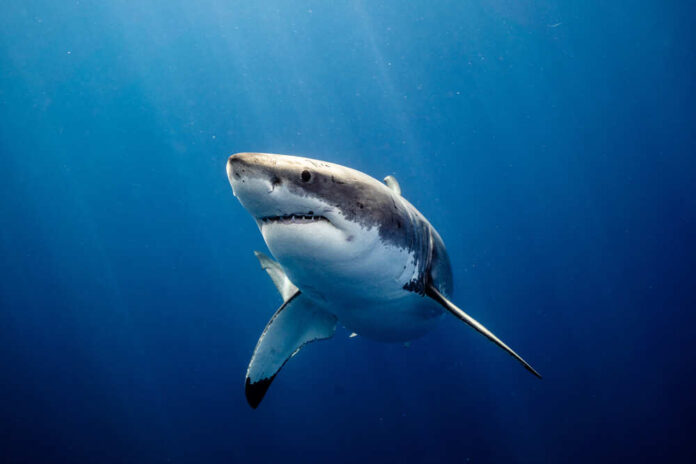
In 2023 on June 20th, the critically acclaimed film Jaws celebrated its 48th anniversary. Directed by Steven Spielberg, it was selected in 2001 by the Library of Congress for preservation as part of the National Film Registry. The story of a super-sized, killer Great White Shark terrorizing the beaches of the town of Amityville instantly became a cult-classic. The legendary and timeless movie sparked a lengthy franchise and made hundreds of millions of dollars in gross revenue at the box office following its release. While Jaws may have frightened beach-goers to the core that year and for decades to come up to the present day, it appears that even Americans who live hundreds of miles away from the Atlantic or Pacific Ocean may be at risk of encountering a shark. In Idaho, a discovery was made when a shark appeared on a riverbank of the Salmon river in the landlocked state, puzzling both locals and out-of-towners alike.
In August, the discovery was made near the city of Riggins, a municipality in the western-central area of the state. Riggins is over 500 miles from the Pacific Ocean. After responding to the scene, Wildlife officials located a baby salmon shark. These sharks, named for their diet, can reach a length of ten feet at maturity. The shark was deceased, and while initial reactions from citizens may have caused panic, tensions quickly subsided after the Idaho Fish and Game agency released a statement reassuring the public that no sharks existed in the state’s rivers. The only known species of shark that can survive in fresh water is the bull shark. Officials believe the shark may have been placed on the riverbank of the Salmon river as a joke, as the river and species share the same moniker.
In another recent development, a shark washed ashore on a beach in Australia. A massive Great White scared beachgoers and onlookers in the land down under.













